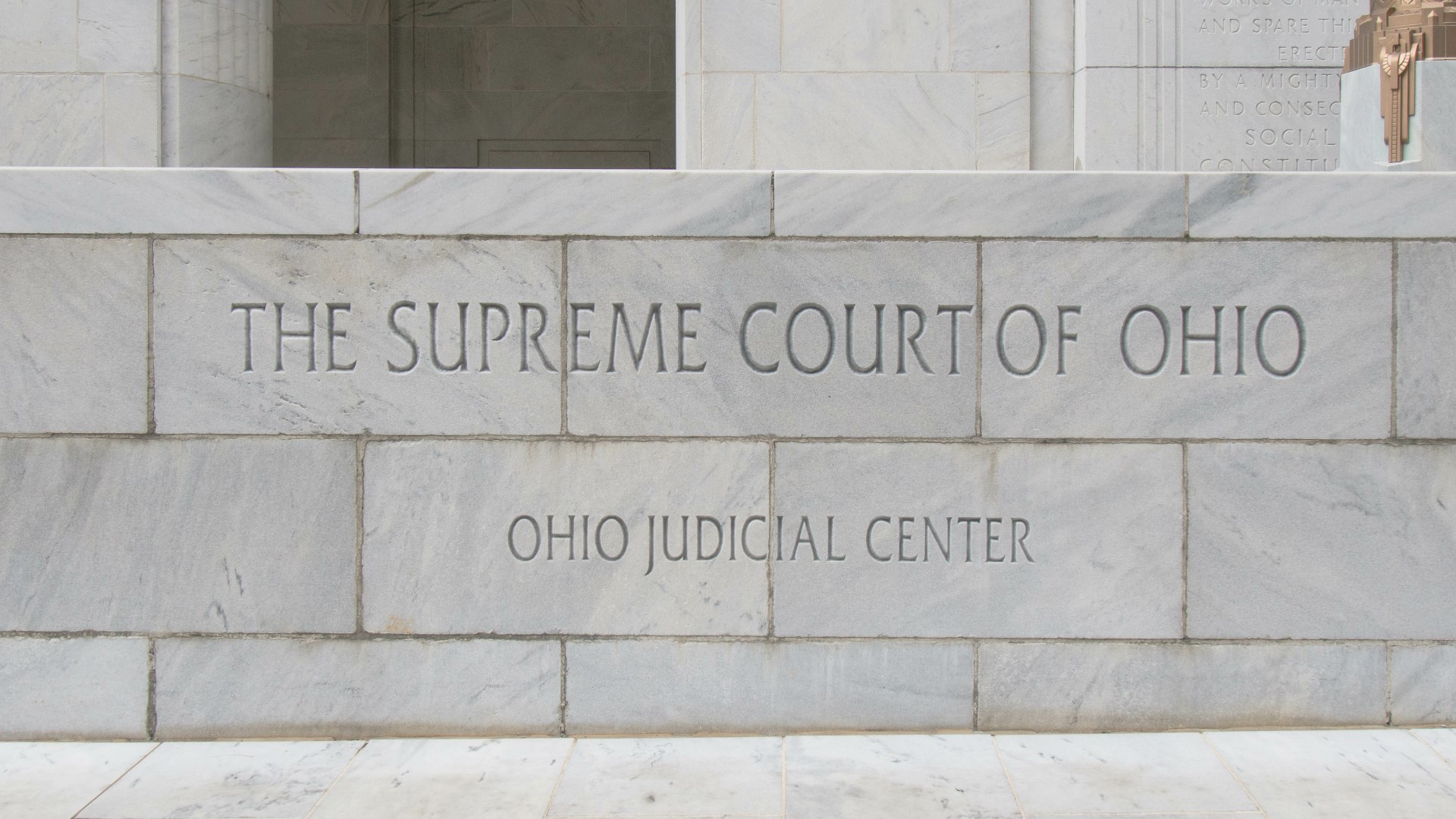COLUMBUS, Ohio — The Ohio Redistricting Commission failed for a second time on Saturday to reach the bipartisan consensus necessary to pass 10-year maps of state legislative districts based on 2020 census totals.
Despite being scolded by the state’s high court, the seven-member panel approved new maps along party lines in the face of a court-set Saturday deadline. That means the maps would again be good for just four years, rather than the 10 intended through the census-driven redistricting process.
According to Statehouse News Bureau Correspondent Andy Chow, the Ohio Redistricting Commission adopted the Republican-drawn state legislative district maps by a 5-2 vote.
Chow reported that the Ohio House map splits 57 Republican to 42 Democratic districts, while the Ohio Senate map splits 20 Republican districts to 13 Democratic districts.
The Ohio Supreme Court has reserved the right to review the panel’s proposed change. Voting rights and Democratic groups successfully challenged an earlier round of maps as an extreme partisan gerrymander.
Republicans defended their own maps of district as the only ones that were constitutional.
The two parties failed to come together despite behind-the-scenes negotiations that panelists said took place between the staffs of commissioners of both parties for nearly all 10 of the days since the court’s ruling. The transparency was a distinct change from last time, when three Republican statewide officials on the panel said GOP lawmakers largely shut them out of backroom map-making deliberations.
Justices reserved the right to review the new plans, which include 57 Republican-leaning and 42 Democratic House seats and 20 Republican and 13 Democratic Senate seats — though with some districts so closely divided that they could be election toss-ups.
The first round of maps included 62 of 99 Ohio House seats that favored Republicans, or about 62%, and 23 of 33 Ohio Senate seats that favored the GOP, or nearly 70%, by the calculations of Republican Senate President Matt Huffman, a chief map-drawer. That was despite Ohio’s voter mix being roughly 54% Republican to 46% Democratic.
Ohio is using a new redistricting process for this first time this year for both legislative and congressional maps established through statewide ballot issues in 2015 and 2018 that received overwhelming voter support.were left with little choice.
----
Statement from the Ohio Democratic Party:
“Republicans on the commission are determined to play by their own rules in order to advance their purely partisan interests, ignoring Ohio voters, Supreme Court justices and the Ohio Constitution in the process. Flouting the rules didn’t work out for these GOP politicians the first time, and we’ll be fighting with everything we’ve got to make sure it doesn’t work now.”
Statement from Sen. Vernon Sykes (D-Akron):
“The constitutional provision, as interpreted by the Court, required the Commission to attempt to comply with the proportionality goals. This requires evidence. It requires more than just saying, ‘I tried.’”
Statement from Ohio Senate Minority Leader Kenny Yuko (D-Richmond Heights):
“I’m frustrated by the majority’s unwillingness to negotiate in good faith and attempt to draw fair General Assembly districts that comply with the Court’s decision and the Ohio Constitution. Once again, the maps adopted today show total disrespect for the reforms to end gerrymandering that voters overwhelmingly approved in 2015. Ohioans spoke loud and clear, but five people didn’t listen.”

